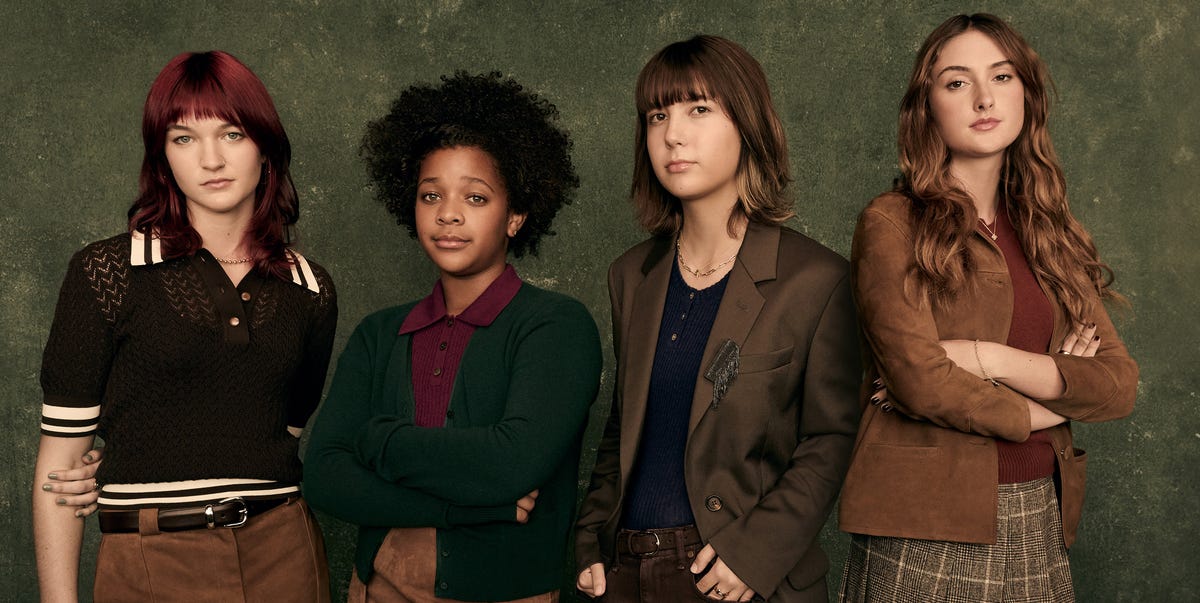Earlier this year the world looked on in horror as fires ravaged neighborhoods across Los Angeles. The question that unified us all—how can I help?—was more complicated than it seemed. Ways to get involved were evolving in real time, and there were many people in need.
Avery Colvert, a 14-year-old eighth-grader in Altadena whose school had just burned down, was among those receiving help. She created an Instagram account, Altadena Girls, and thanked her community for the food, water, and household items that had poured in through emergency efforts. She also voiced a need specific to young girls, putting out a call for clothing, beauty products, and small essentials that would “help my friends feel confident and like themselves again.” These little things would help girls in the community regain a much-needed sense of normalcy. That post went viral.
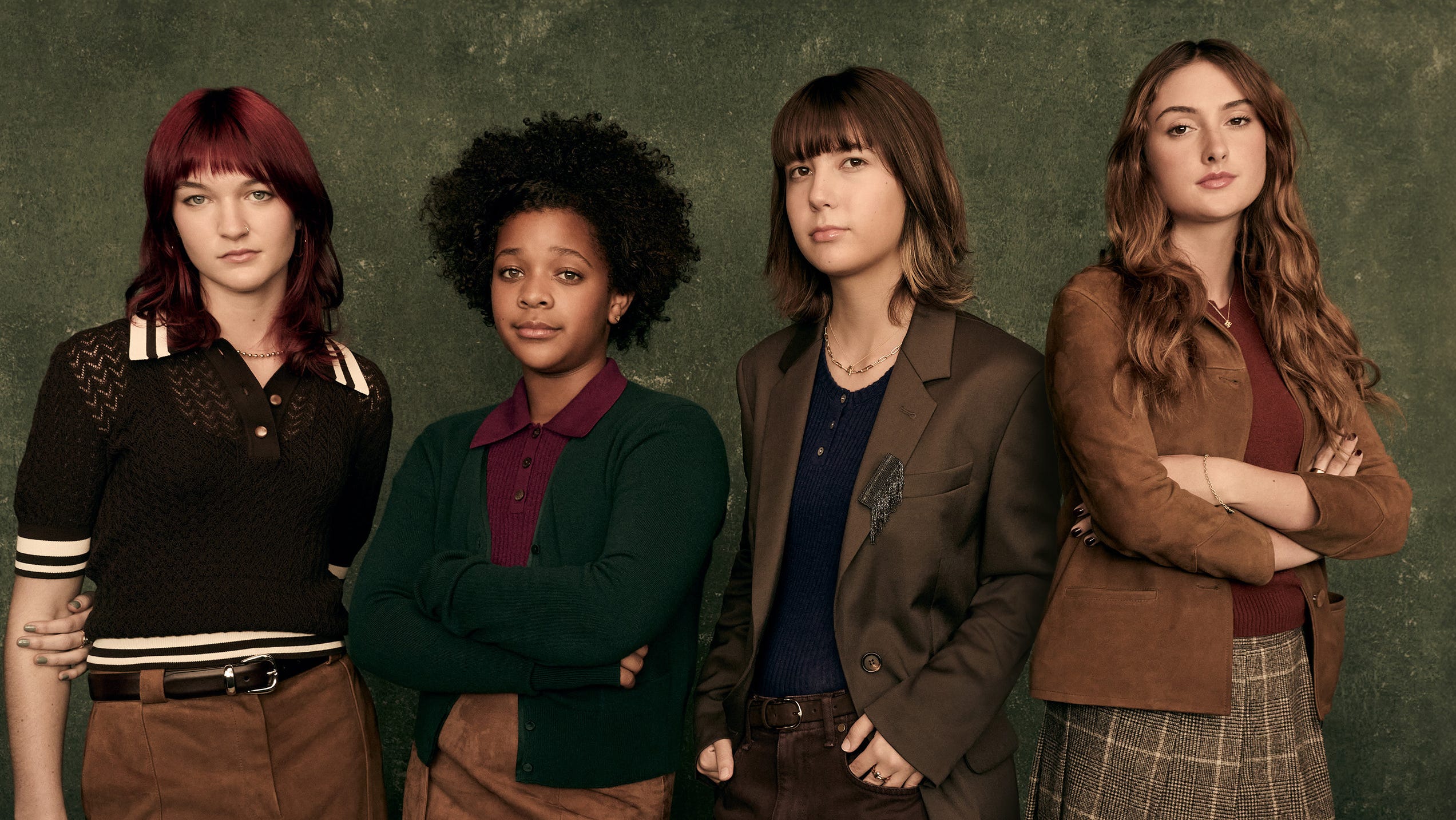
Support for Altadena Girls grew rapidly and stretched far beyond Los Angeles in the days that followed. Meghan, Duchess of Sussex, a native of the city, was one of many people moved by Avery’s mission, and she joined volunteers to organize and distribute donations to families who needed them most.
In the months since the fires, Avery and her mother Lauren Sandidge—along with a devoted circle of volunteers and supporters—have kept up their efforts, expanding the work of Altadena Girls. They recently opened a community center in Pasadena to carry its spirit forward.
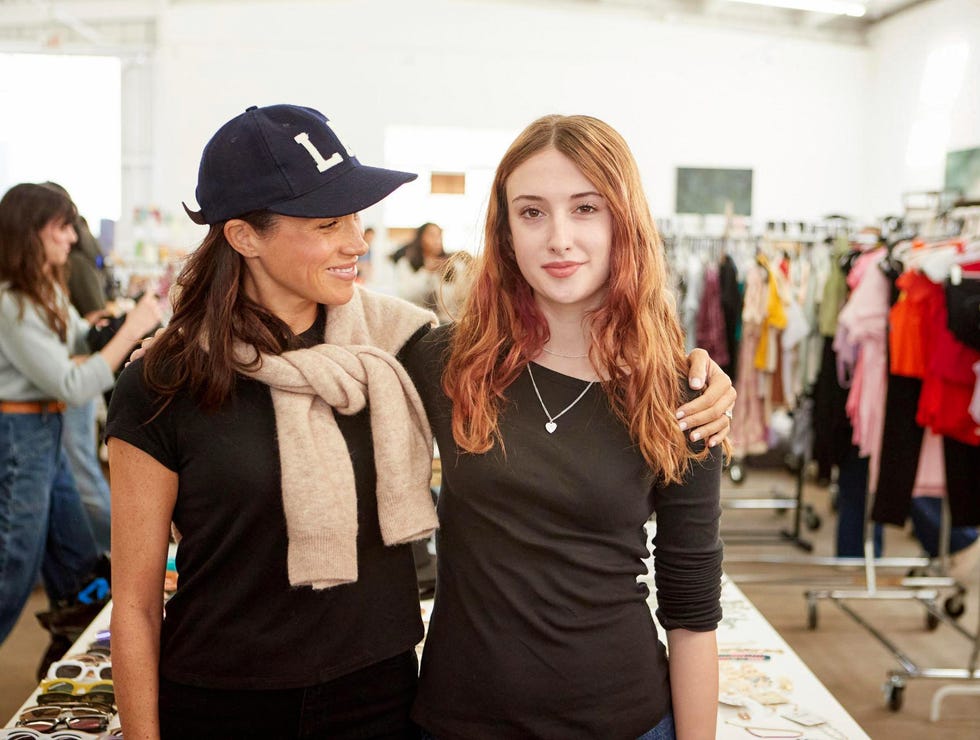 Tony Valentino
Tony Valentino
Meghan, Duchess of Sussex with Avery Colvert.
Of all the things Altadena Girls has provided to a community in crisis, hope may be the most powerful. Here, Avery and Lauren speak candidly with the Duchess about what inspired their action, why it resonated so deeply, and their hopes for what will come next.
Meghan, Duchess of Sussex: Avery, tell us about the moment just before you created the original Instagram account for Altadena Girls. What was going through your mind?
Avery Colvert: I noticed that there was this stigma around girls my age asking for help, and I wanted to create a space where they could be comfortable asking for help and could feel supported. That was the original idea, but it’s transformed into something so big, and we’ve been able to help so many people.
And then you took it beyond food, clothing, and shelter—to what other young people might need after their immediate needs were met.
AC: I was thinking about my own bedroom and how everything in there matters to me. The things that you wear, your makeup, and your hair are so important. I think most girls can relate to that. When you lose everything, your identity is stripped, and you feel like you don’t have a way to express yourself. I wanted to find a way to restore a sense of normalcy in their lives so they could feel like themselves again.
What was the hardest part for you when leaving your home during the emergency?
Lauren Sandidge: Definitely not knowing if our apartment or our neighborhood would be okay. We knew there were a lot of things that were already gone—my son’s school was one of the first schools to be affected—and we knew that it was going to be a long time before we could come back.
AC: The thing that was so scary was there was so much unknown. Even when you came to volunteer, Meghan, I was in a state of not knowing much. The majority of people in L.A. didn’t know what was going to happen or realize the long-term effects.
Often in those moments people don’t know what to do next, but I was so moved by the way you mobilized. What was it like when the first donations started coming?
AC: The first day we realized really quickly that this was a lot, and we were going to need help. People who came to donate things ended up staying and still work with us today. Having a space where girls can come together and feel seen and inspired and supported, that’s something that was needed already, especially by girls my age.
LS: They created a community, and that solidified for us that this was more than a donation site.
It was amazing to watch the original idea, which was to help young girls, end up filling a need that was so much greater. Can you share a moment that has stayed with you?
AC: I remember a woman who worked at the front desk at my school. She had two daughters, and they lost their home, and when they came in I saw her so differently. Seeing her needing help and struggling made me really upset, but then we were able to help her, and she was so grateful. That was definitely a moment when I was like, “It’s really good.”
Altadena Girls began in that crisis moment, and then you had all these donors and media attention. How do you keep working to make an even greater impact?
AC: We have so much going on right now. We’re busy every single day working on the new community center that we plan on opening in the fall. It’s crazy to think that an idea I had what feels like forever ago—but was really eight months ago—has turned into something that resonates with so many people.
LS: From the beginning it was a radical act to say that nail polish, or any of these things, is important, and we want to continue to do that. The physical space is really important too; having that community center where they can come and heal—and then building it out from there. We’re looking for as much support as we can get. We’re building this from the ground up, so it’s inspiring, but it’s really hard work.
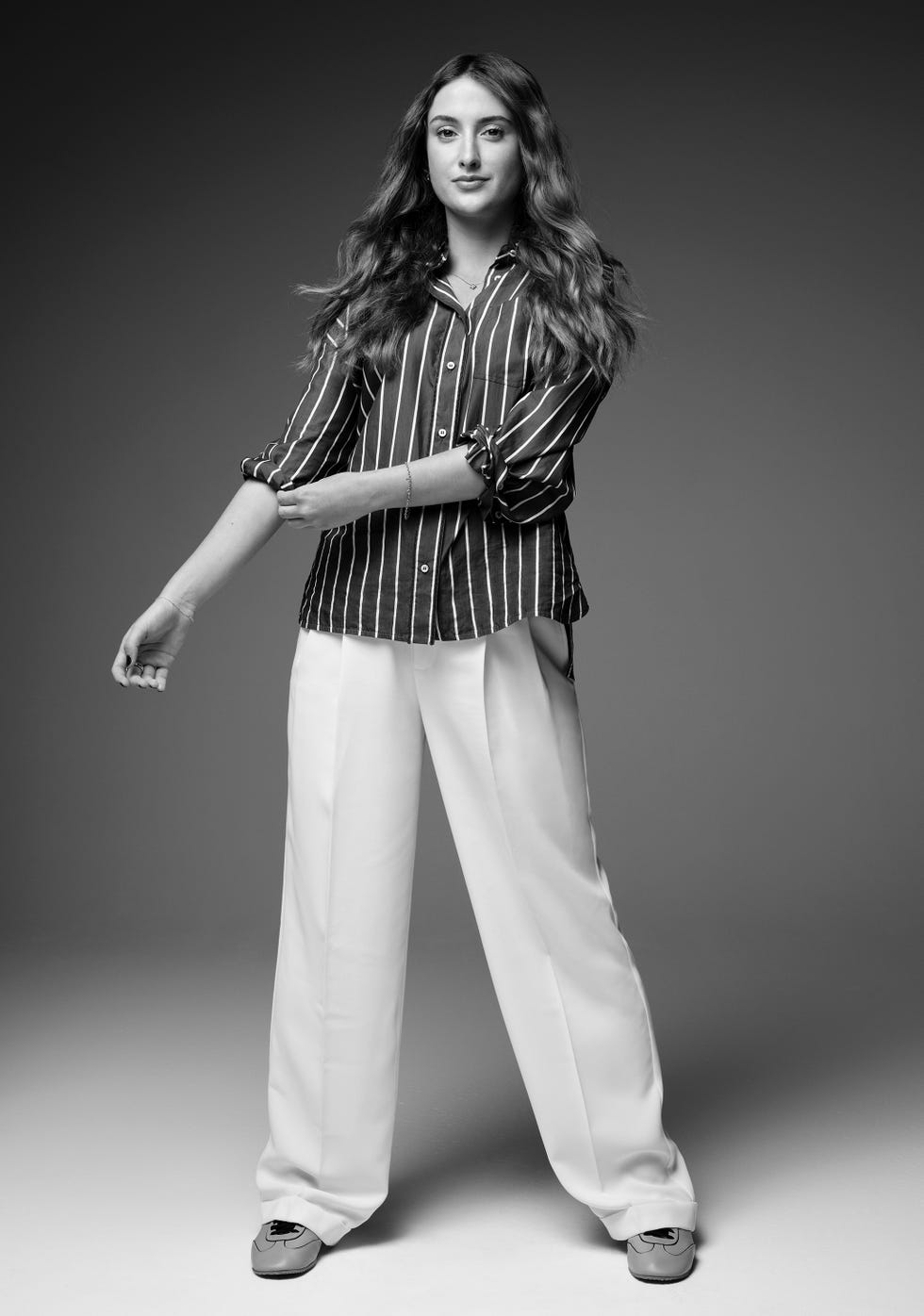
What is it like working as a mother-daughter team on this project?
LS: It’s really fun. It’s not perfect, because I’m her mom and she is 15, but I always go back to the fact that with everything we do, we’re planning with girls so that they can talk about what they need.
Avery, your dedication to this effort speaks so much to your character. A year ago, would you have called yourself a mental health advocate?
AC: If you had told me that a year ago, I wouldn’t have believed you.
LS: I would believe it. She’s always been an advocate. I don’t think she realizes it, but she is naturally always a champion for the underdog.
At my high school, it was a requirement to do volunteer work before graduation. Had you done volunteer work before this?
LS: When we lived in Tennessee, there were a lot of floods and a lot of tornadoes…
AC: We would make donuts and bring them to firefighters.
What advice would you give to other people whose communities are in crisis?
AC: I tell people that in a moment of crisis, I couldn’t sit there and do nothing. I was so angry that this had happened. The best advice I could give is to ignore any thoughts like, Oh, you can’t do this. I took a step forward and said, “This is what I’m going to do, and I’m going to do it now.”
LS: It’s about restoring a sense of dignity. We lost our home in a flood in Tennessee in 2021, actually, right before we moved to L.A., and a lot of people showed up and helped in different ways, but the thing that really resonated with me was when someone asked what I needed instead of doing what they thought I needed.
You never thought your work would grow to be this big. And even if it hadn’t, it still would have been meaningful and made an impact. My goodness, if our daughter turns out to be anything like you, I’ll be the proudest mom. How can people continue to help you?
AC: I’m really excited for what’s to come. When you’re a teenager, everything feels like the biggest thing in the world. Even if it’s not going to matter in 10 years, it really matters to you now. I always forget how much time I have, and this is only the beginning.
LS: We have big plans for the physical space, with lots of activations. It’s going to be a hub for all the other amazing programs serving the same community. Fender is doing music rooms for us and donating guitars, amps, and programming. It’s going to be really amazing. And Alo Yoga is doing a dance and movement space. We also have a creative space that Paris Hilton is sponsoring, a really beautiful space with lots of vision boards and other fun stuff. We still need support to make sure we can be sustainable long-term so that we can deliver the programming. It’s definitely bold to do a physical space this soon. It’s a very ambitious project, but we believe it’s necessary.
Watching the community rally behind your idea is a testament to the resilience of L.A. There’s still a long way to go, but having you spearhead this is such an incredible North Star for so many people. What’s next?
AC: I feel so lucky and grateful that this has been successful. My goal for Altadena Girls is that every girl who walks in feels inspired. I want to create a new generation of women who feel confident that they can do anything.
“In a moment of crisis, I couldn’t sit there and do nothing. I was so angry that this had happened… I took a step forward.”
—Avery Colvert
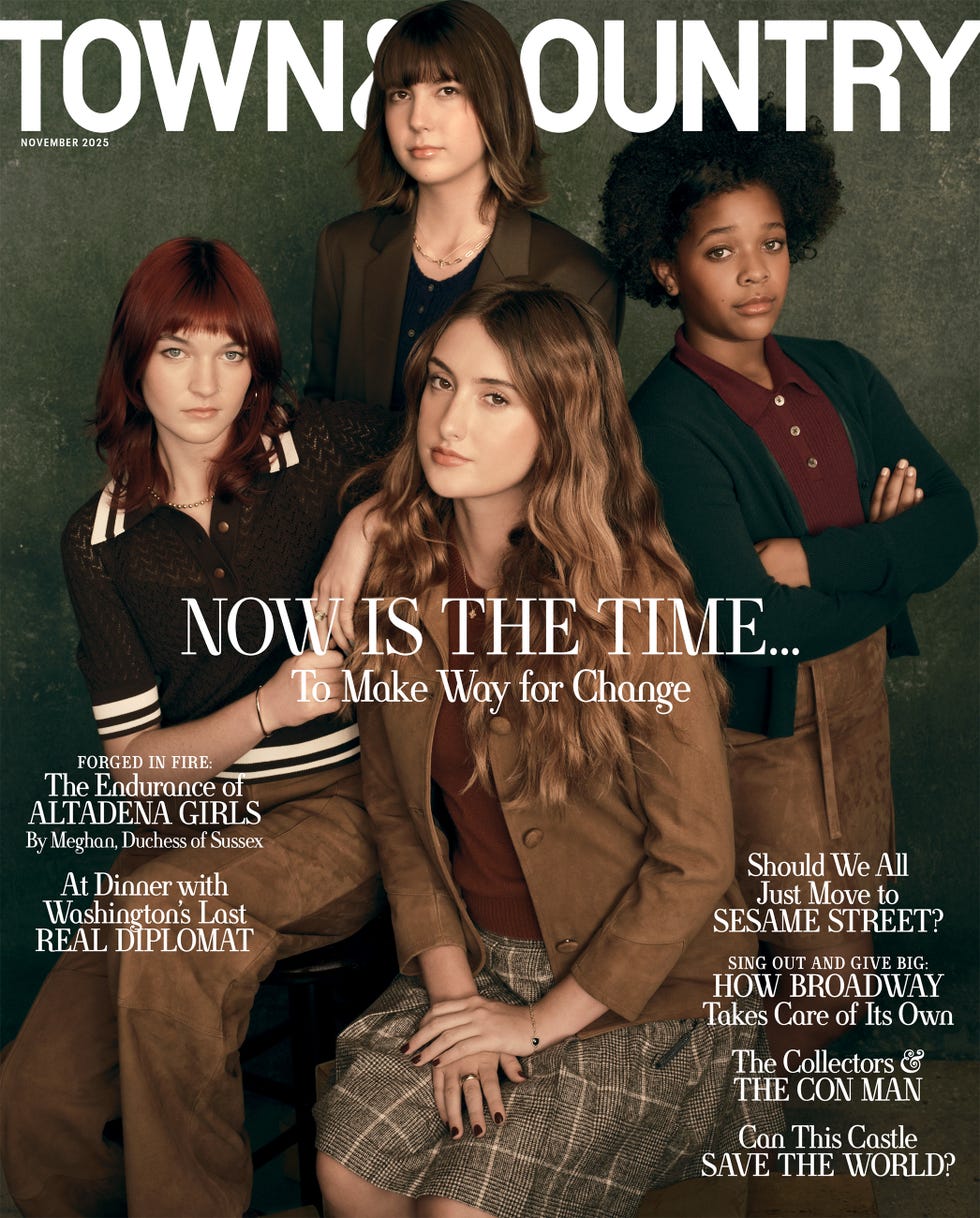
Art Streiber
Photographs by Art Streiber
Styled by MaryKate Boylan
In the top image: From left: Altadena Girls volunteers Lula Seifert, Journey Christine, and Laurel Kleeger-Read with Avery Colvert, the group’s now-15-year-old founder. On Seifert: Tory Burch polo and pants; Anderson’s belt; Roberto Coin hoop earrings and bracelet; Sylva & Cie. necklace; Pomellato Nudo ring. On Christine: Vince V-neck cardigan and skirt; Guest In Residence polo; Roberto Coin earrings. On Kleeger-Read: Brunello Cucinelli blazer; Vince henley sweater; Rag & Bone jeans; Anderson’s belt; Roberto Coin necklaces; Pomellato Together ring. On Colvert: Tory Burch jacket; Guest In Residence sweater tee; Brunello Cucinelli skirt; Roberto Coin necklace; Pomellato Iconica ring; Sylva & Cie. bracelet.
Hair by Stephen Low at Tracey Mattingly. Makeup by Dee Daly for Rouge Dior On Stage at Opus Beauty. Nails by Alex Jachno for Dior Le Baume at Opus Beauty. Shot at Fourteen Studios, L.A.
This story appears in the November 2025 issue of Town & Country. SUBSCRIBE NOW
